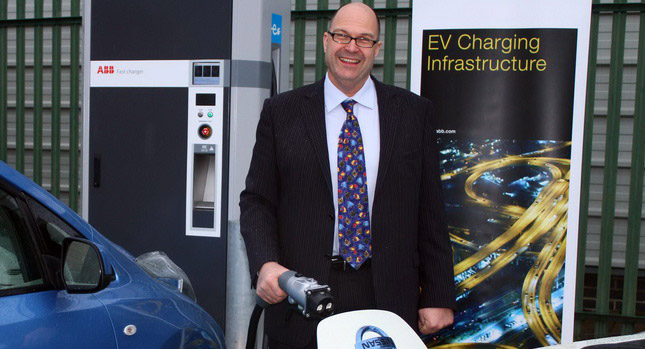Reports of the death of the internal combustion engine have been greatly exaggerated. In 2011, hybrids and EVs like the Nissan Leaf and Chevy’s Volt made many headlines, though not always for the reasons the automakers would prefer.
The truth is that, despite all the publicity and the tax incentives, sales so far have been abysmal with Edmunds reporting that hybrids account for just 2.46 of the market and electric cars not even reaching one percent.
There are many reasons why new car buyers are not willing to shell out a lot of cash for zero-emissions vehicles. First of all, they are expensive and the gains from fuel costs come in the long-term, while the sticker price is immediately visible and clearly understood by everyone.
“Most of the action in the car market is under US$30,000”, says executive editorial director and market analyst for Kelley Blue Book Jack Nerad. “The Volt certainly isn’t under $30,000, and the Leaf in terms of the package is compatible with vehicles that are $7,000 to $10,000 less expensive and offer unlimited range.”
Speaking of which, electric car driving range is a deterrent for many customers. One example is Chicago resident Paul Becker, who paid US$38,000 for a Nissan Leaf. Then he discovered that, in the cold Chicago weather, the actual driving range on a single charge was about 60 miles, as batteries tend to discharge faster at low temperatures.
With charging stations not being around every street corner, Becker, who has a wife and two kids was sometimes forced to drive with the heater switched off and at very slow speeds to make it home.
Becker admits that he had misjudged the whole issue: “We thought that if we had a longer trip we would just rent a car”, he said. “But in practice, we found out we didn’t do it.”
The Leaf had to go. And so it did, as Becker exchanged it for a Volt which also has an internal combustion engine that charges the battery. Range is no longer an issue and by charging the batteries at night, he reckons he pays about 20 cents every 30 miles, compared to the US$3.50 he paid when driving his old, gasoline-powered Toyota Matrix.
Another Chicago resident, though, is very happy about his Leaf. Martin Howard admits that “it’s expensive to be green, and it may not really pay for itself, but I like the coolness of it.”
He likes the fact that he can turn on the car’s heater from the computer in his home 10 minutes before he leaves for work, and then do the same on the way back from his office. He uses a regular 120V outlet, since he figures it saves him the grand a 220V charger would cost.
Howard does not use public charging stations, either: “It’s not an easy way to recharge”, he says. “You have to drive to it and sit for an hour or two. All the ones that are available are 220V, and that’s 14 miles for one hour’s worth of charge.”
Then there’s the issue of conventional-engined models becoming more fuel efficient as manufacturers downsize and use new technologies to improve their economy.
Theo O’Neill, an analyst at Wunderlich Securities, thinks that electric vehicles will remain a small niche because automakers have applied the auto stop/start technology, which was first introduced in hybrids, to conventional engines making them much more frugal.
“It was brilliant”, says O’Neill. “And they can use the same old engine they were using before. It’s all over Europe, and it will be over the United States next year.”
Story References: Detroit News








